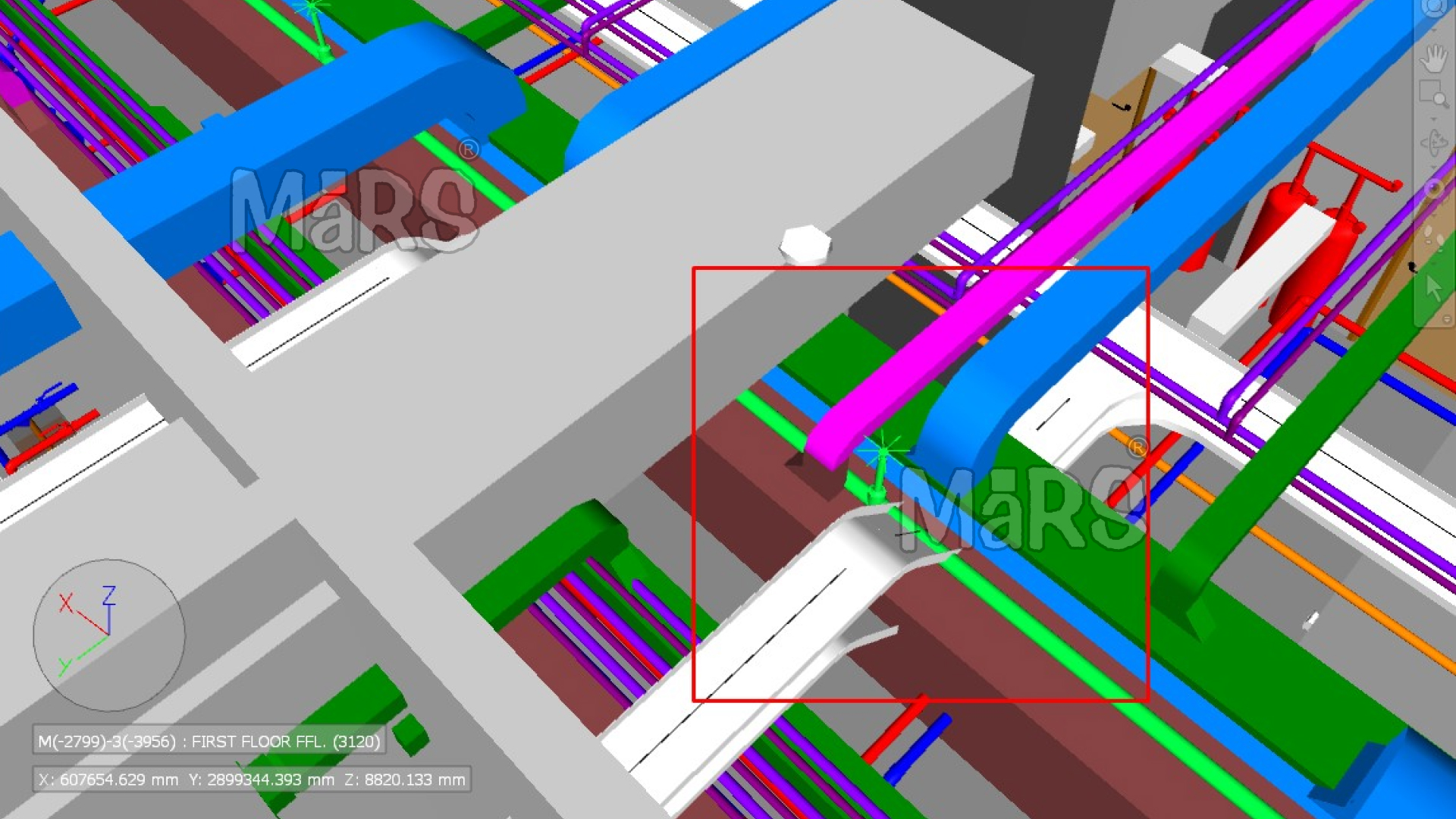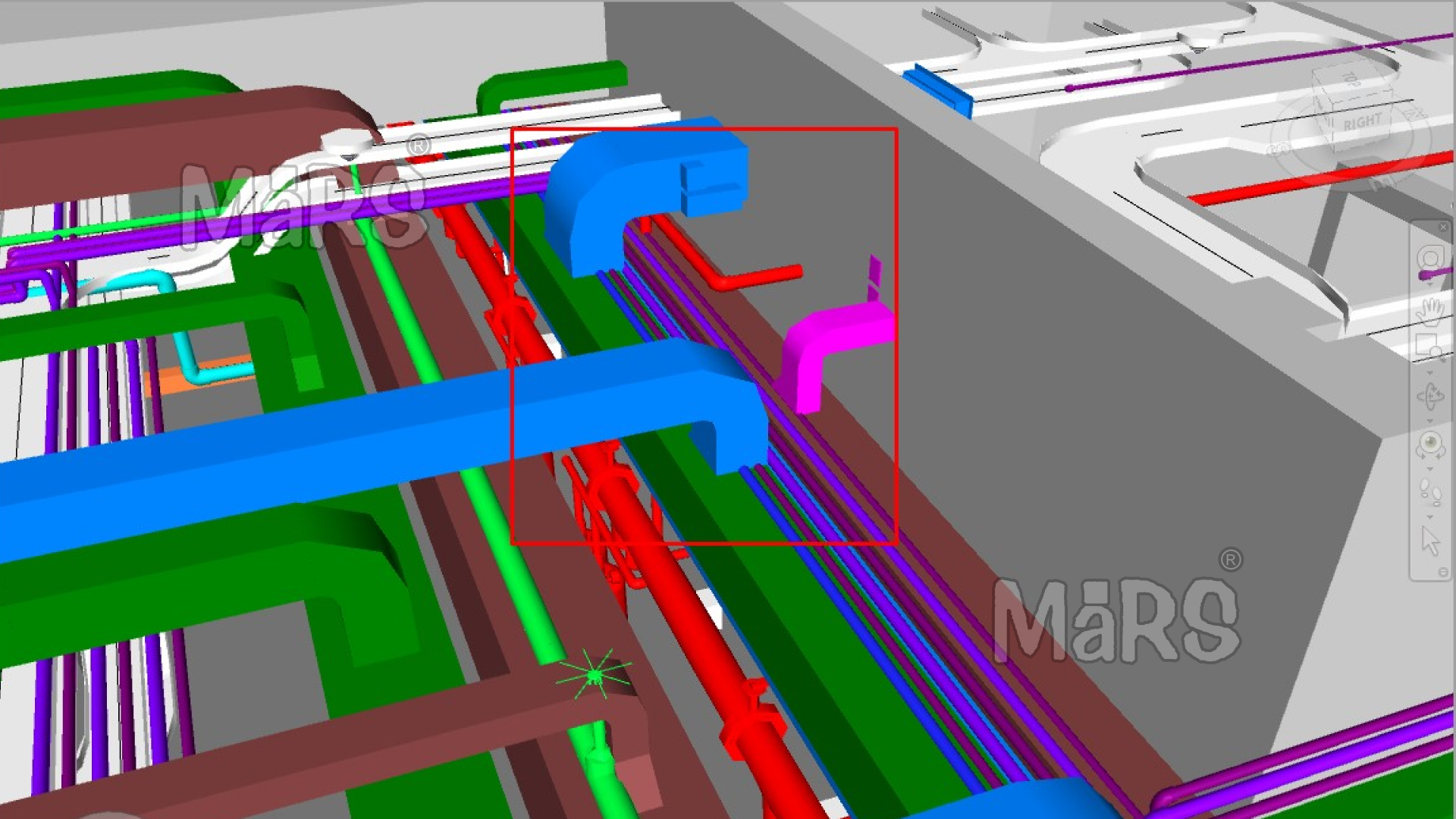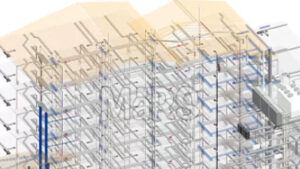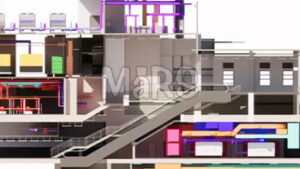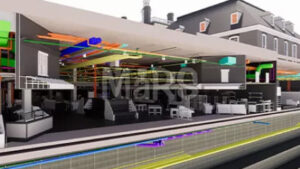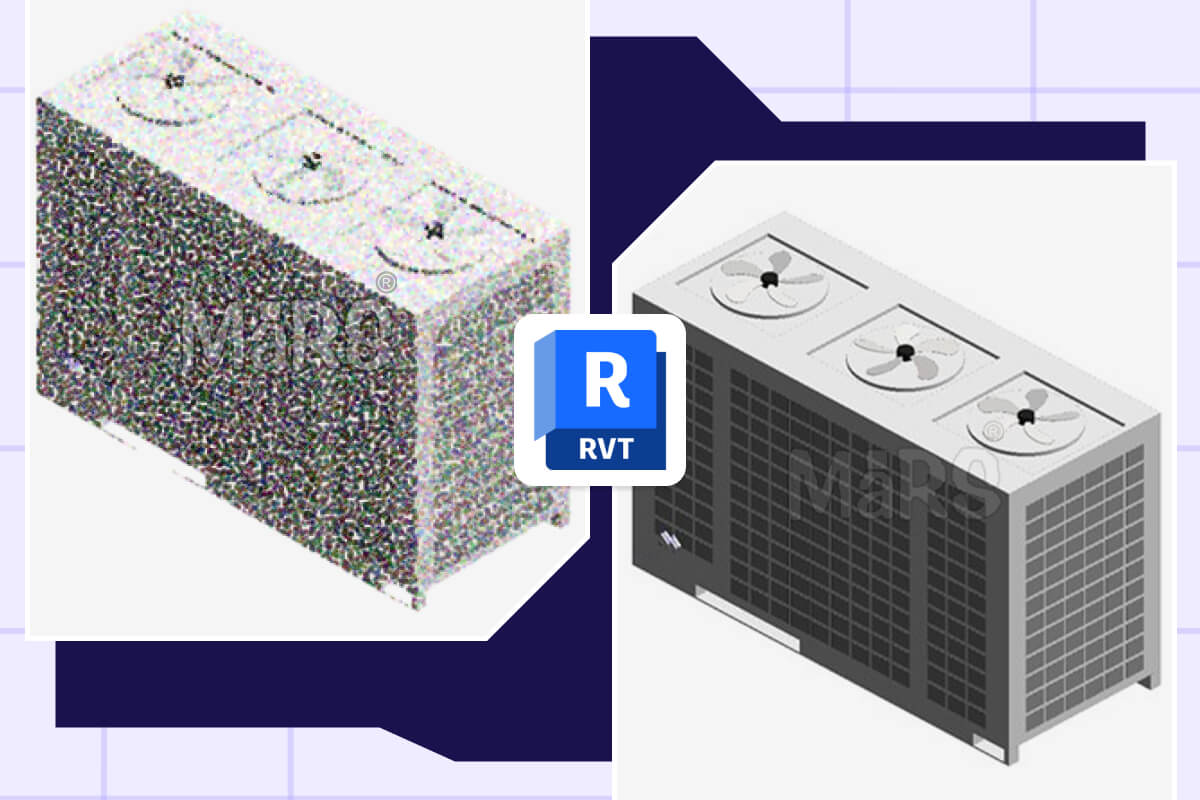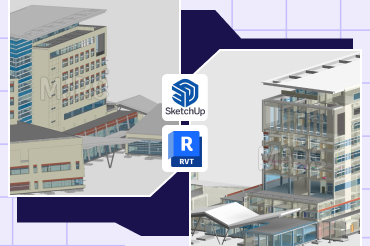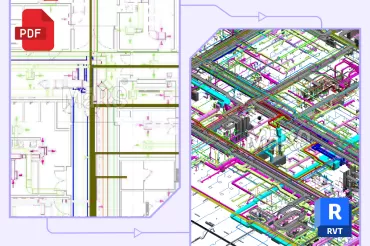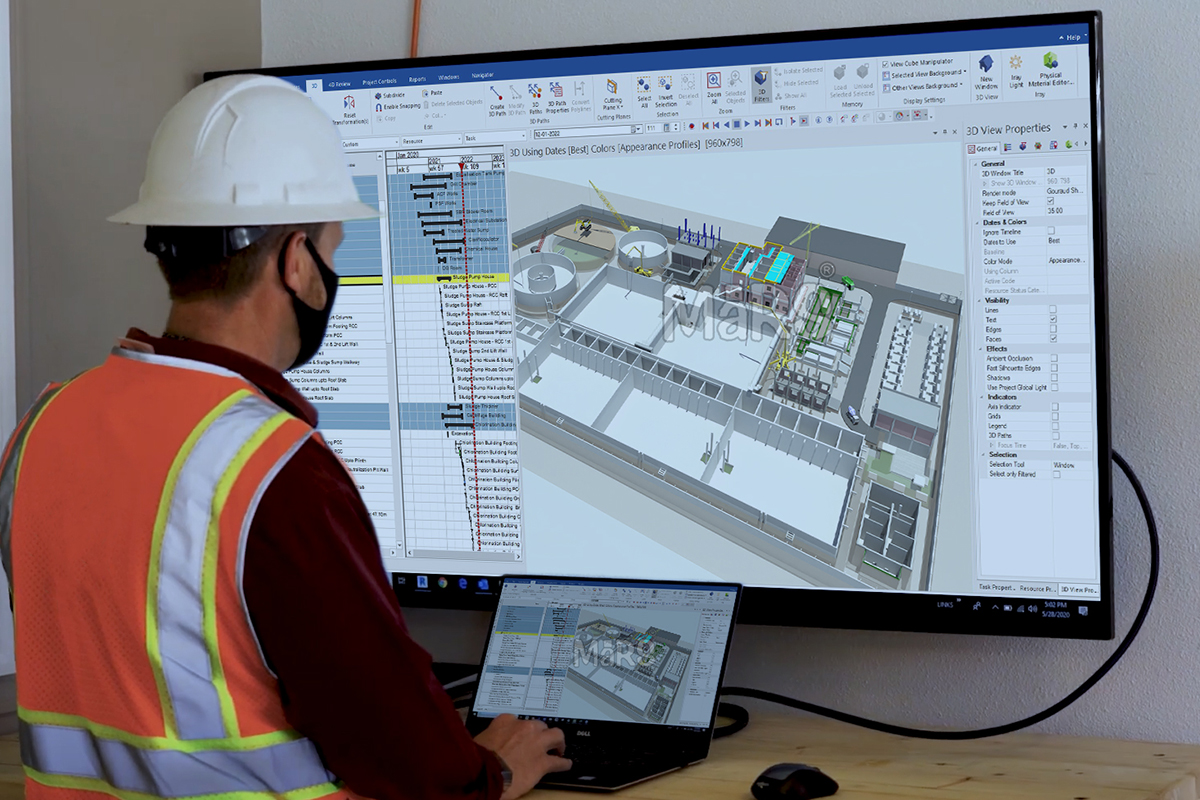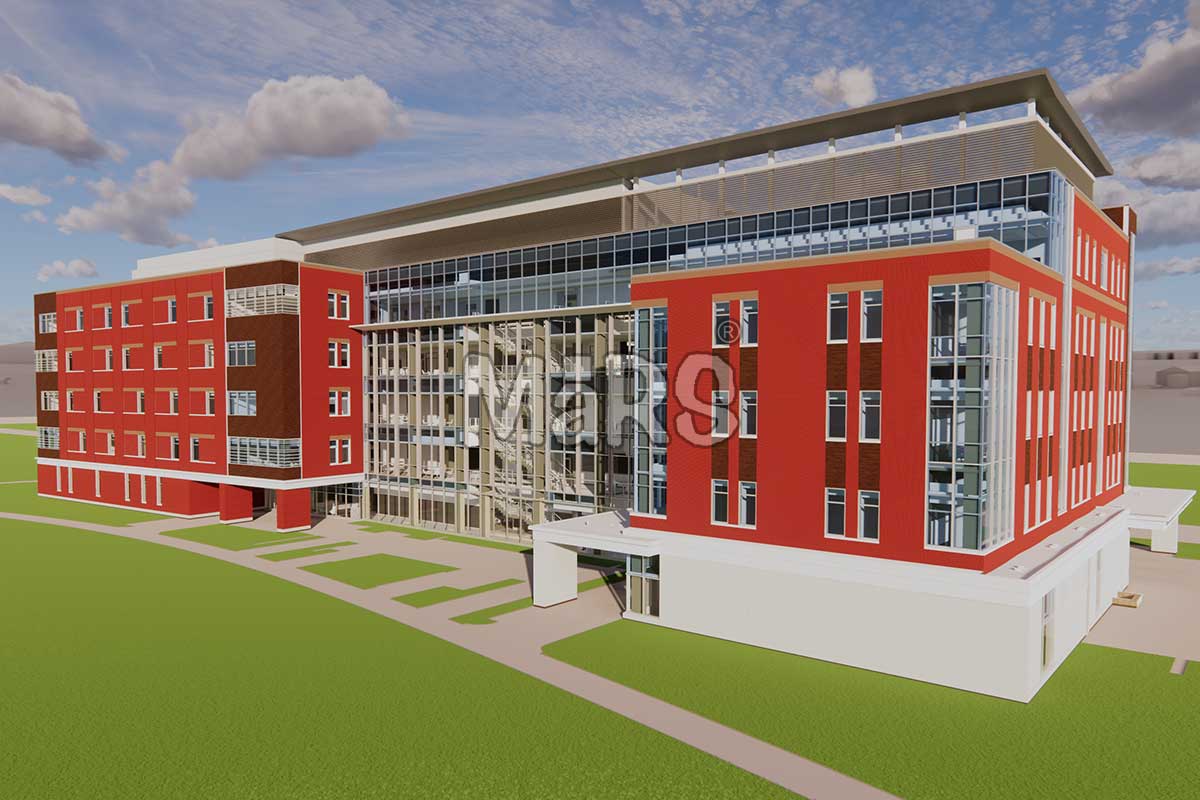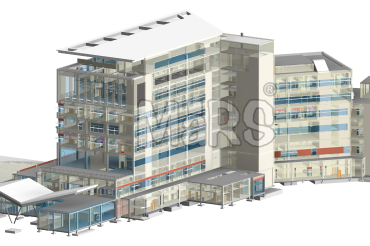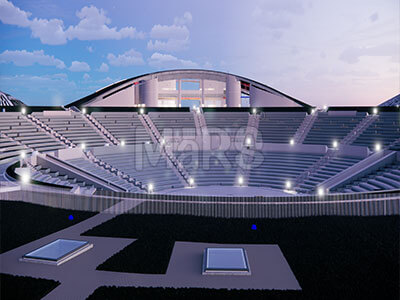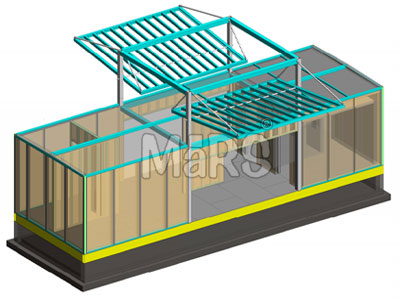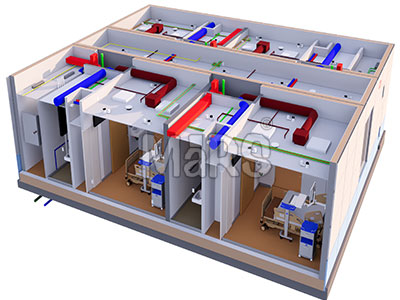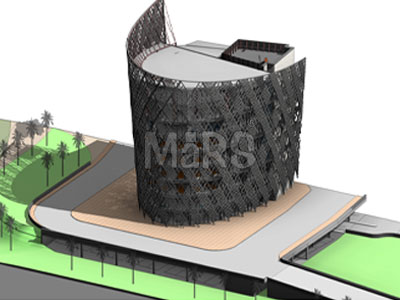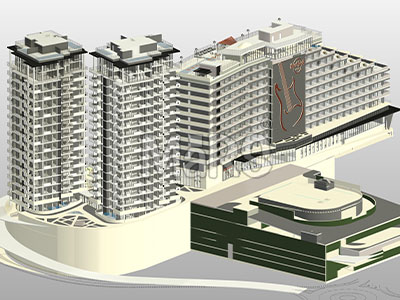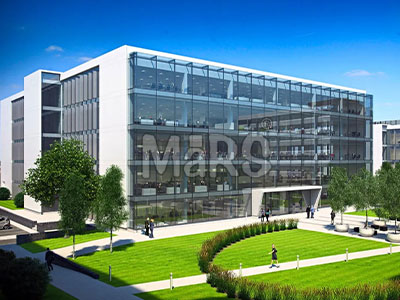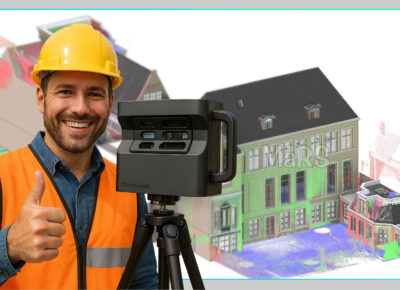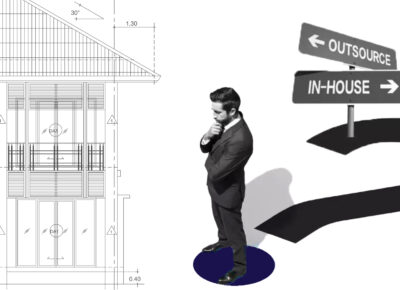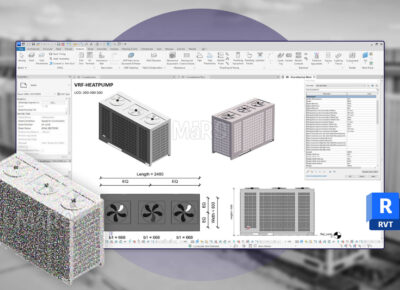Clash Detection & Coordination
Our clash detection services help streamline the actual time construction work at the site. The project details submitted for the project have informative data that rectifies the interference of any work that may lead to delay in the project and rework to it.
Clash Detection And Coordination Services
At MaRS BIM Solutions, we offer a coordinated 3D clash detection service that allows for a flawless detection of possible interferences between trades. We offer MEP BIM Services which manages building systems like Plumbing, HVAC duct, BIM for fire safety, mechanical as well as electrical with other disciplines of architectural and structural elements in complete synchronization with each other.
When it comes to outsourcing of BIM clash detection services along with MEP clash detection services the only name that strikes is none other than MaRS BIM Solutions. We have in-house team of experienced and skilled MEP engineers and consultants who deliver the smallest set of information to its clients related to the project and that is in the form of clash-free BIM modeling.
While working on the work of clash-free BIM modeling, we use the software Navisworks in BIM 360 Clash Detection that helps in resolving and recognizing the errors and interferences at the initial stage of the design work itself. The work of BIM clash detection services that are undertaken for the 3D BIM models is at the early stage of the start of the project design and with that undertaking and understanding of the services helps in reducing time and cost of the project and not only this but also delivers the improvised version of the work that adds value to the design.
MEP clash-detection services or BIM clash detection services are further segregated into three different types because of which the team is able to deliver seamless clash-free BIM modeling services.
From ensuring a model is properly coordinated and free of clash to preparing virtual 3D MEP coordination drawings, our clash detection process and coordination services ensure that less time is consumed and the expense involved is also lower.
To know more about the service and to resolve the issue in your BIM project with the help of BIM Clash Detection services speak to our experts today and our team will be at your service.
Our Clash Detection & Coordination Success Stories
Our Clash Detection Software Proficiency











Customized BIM Softwares
Customized Revit Plugins
& Many More
Explore Our Clash Detection Service Offerings
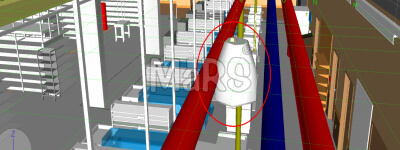
Architecture Clash Detection
Focuses on clashes between architectural elements, such as walls, doors, windows, and other design features.
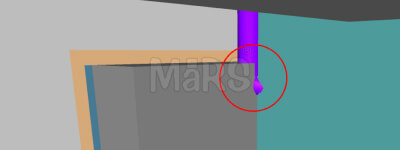
Structural Clash Detection
Addresses clashes between structural elements like beams, columns, floors, and foundations.
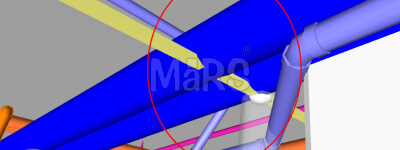
MEP Clash Detection
Detects clashes within mechanical, electrical, and plumbing systems, as well as with architectural and structural designs.
Soft Clash Detection
Hard Clash Detection
Our Clash Detection & Coordination Process
Model Aggregation
The process begins by combining the architectural, structural, and MEP models into a single federated BIM model. If subcontractors or other trades are involved, their models are also incorporated.
Clash Detection Setup
Parameters for clash detection are defined, including the tolerance levels for clashes and the specific systems to be checked (e.g., architectural vs. MEP, structural vs. MEP).
Clash Detection Analysis
The system runs an automated clash detection check to identify conflicts between different elements of the model. A detailed list of detected clashes, categorized by severity (high-priority, medium-priority, low-priority).
Clash Review Meetings
Clash reports are reviewed in coordination meetings involving the project’s architects, engineers, and contractors. Virtual meetings often use BIM coordination tools like Navisworks or Revizto to display clashes in real-time.
Model Updates
After the clashes have been resolved, the individual discipline models are updated to reflect the agreed-upon changes. Each team updates their respective models (architectural, structural, MEP) based on the clash resolutions.
Final Model Coordination
Once all clashes are resolved, the final coordinated model is shared with all project stakeholders. The model is reviewed to confirm compliance with design, construction, and regulatory requirements.
Our Latest BIM Projects
Have Questions? Find All the Answers Here
Clash Detection in BIM is a process that identifies conflicts between different building systems such as architectural, structural, and MEP (mechanical, electrical, plumbing)—within a 3D model. These clashes occur when components occupy the same physical space or violate minimum clearance requirements. The goal is to detect and resolve these clashes early in the design phase, preventing costly rework during construction.
- Hard Clashes: When two components physically overlap (e.g., a duct intersecting with a beam).
- Soft Clashes: When components do not physically overlap but are too close to allow for necessary clearances or movement (e.g., insufficient space around pipes for maintenance access).
- Workflow Clashes: These are clashes related to scheduling and sequencing, ensuring that one part of the construction process doesn't interfere with another (e.g., installing walls before routing MEP services).
- Clash Detection improves project accuracy by ensuring that all building systems fit together without conflict. It helps to refine the model, making sure that dimensions, alignments, and clearances are correct. By resolving clashes before construction begins, it also increases the overall quality of the final build, reducing errors and ensuring a more efficient construction process.
- Yes, Clash Detection is especially useful for renovation projects where new designs must integrate with existing structures. By incorporating point cloud data from laser scans of the existing building, clash detection can identify conflicts between the new design and the current conditions, ensuring smooth integration.
- Real-time Clash Detection allows for instant identification of clashes as models are updated. By using live BIM platforms, designers can detect conflicts immediately after making adjustments, reducing delays between design changes and coordination checks. This is particularly beneficial for fast-paced projects where frequent updates are necessary.
- VR allows stakeholders to visualize detected clashes in an immersive 3D environment. By virtually "walking through" the building model, teams can better understand the spatial relationships between elements, making it easier to identify and resolve complex clashes. VR enhances collaboration and helps in reviewing large or intricate projects more effectively.
- Clash Detection enhances safety by ensuring that critical life safety systems, such as fire protection, ventilation, and emergency exits, are not compromised by other building systems. Detecting clashes early in the design process ensures that safety systems function as intended, reducing the risk of accidents or regulatory violations during construction and operation.
- Yes, Clash Detection is essential in prefabrication to ensure that modular components fit together properly on-site. By detecting clashes before prefabrication begins, manufacturers can ensure that elements such as wall panels, ductwork, and plumbing modules are fabricated correctly, avoiding costly rework or adjustments during installation.
Get In Touch
Feel free to reach out to us for any inquiries or to discuss your project needs.

